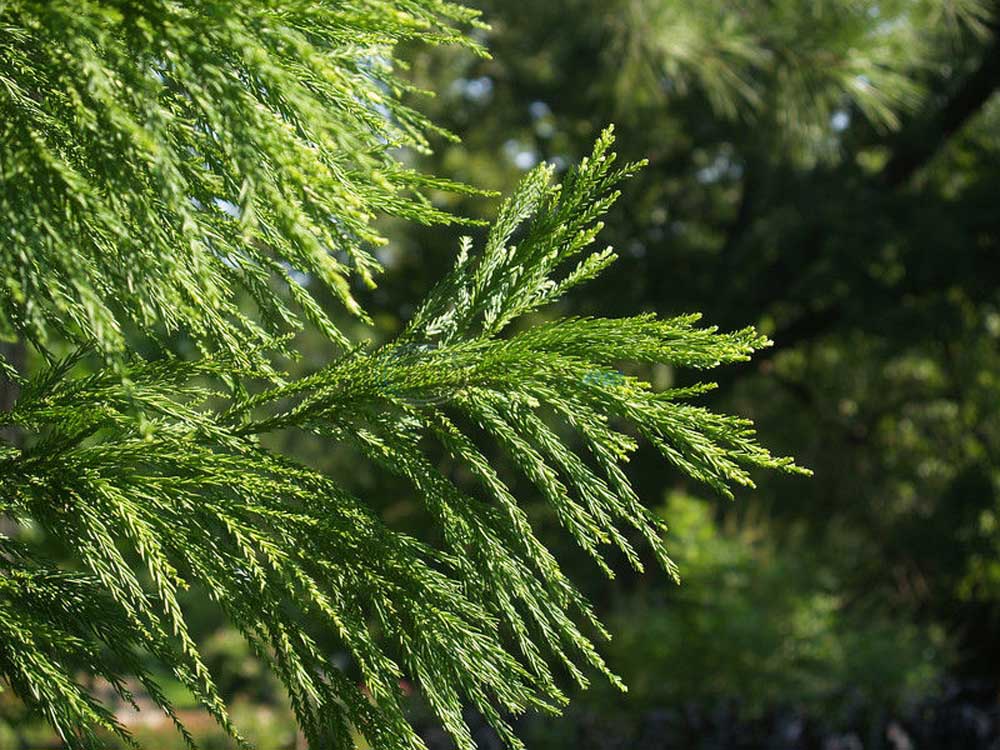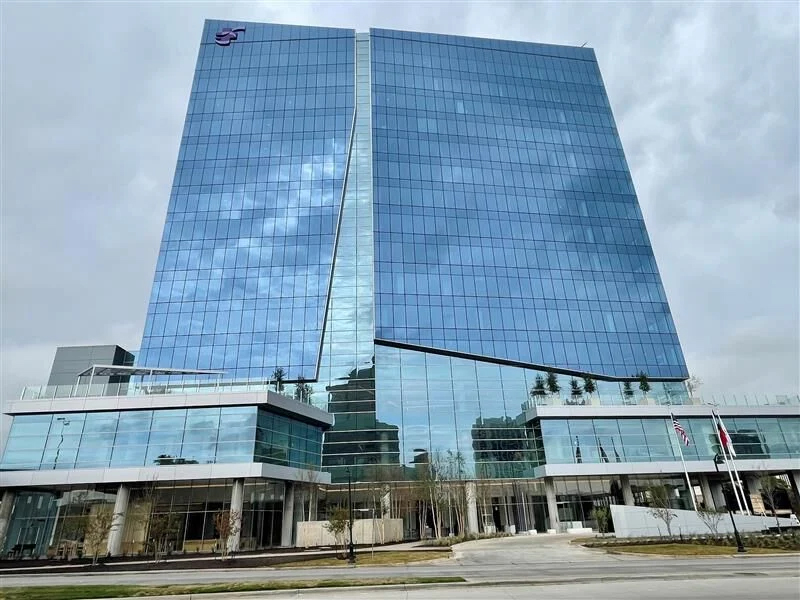The Japanese Cedar evergreen tree deserves more credit
Published 9:54 pm Wednesday, August 21, 2013

- Courtesy A Japanese Cedar: a shoot of the plant
I want to introduce you to a graceful evergreen conifer that you might not be familiar with, but deserves more use in our east Texas landscapes. Japanese Cedar (Cryptomeria japonica) is a handsome evergreen tree, with short, dark to medium green needles clothing short shoots. The stems and branches are graceful, with a slight bending or drooping habit.
Shortly after moving to Tyler, I ran across the only specimen I have seen here in a neighborhood on the south side of town. It was a large tree, obviously planted many years prior to my arrival. That sparked my interest in Cryptomerias. About the same time, during a visit to the Stephen F. Austin State University Mast Arboretum, I saw many varieties in their extensive conifer collection.
Later I ran across a planting of a few very attractive, large specimens, located near White Rock Lake in the Dallas Arboretum. I don’t know how they were doing so well there, because they prefer an acidic soil, which is the typical pH of east Texas soils. The soils in the Dallas area tend to be alkaline, but there they were, apparently thriving and looking stately.
Japanese cedars are native to China and Japan, where in nature they grow as very large trees, and in Japan are frequently used around temples, in gardens and along avenues. Many different varieties have been selected and grown, but we typically only see a few varieties offered in nurseries. In 2006, a small plant of the variety ‘Yoshino’ was planted in the southeast section of the Tyler Rose Garden, near the IDEA Garden. It has grown rapidly, and today is a very handsome tree. Literature says ‘Yoshino’ will grow to about 30 to 40 feet tall. This is one of the more readily available varieties.
According to Dr. Michael Dirr, the variety that performed best in Georgia trials of various Cryptomerias was ‘Gyokuryu’, which grows into a dense broad pyramid about 15 feet tall. ‘Black Dragon’ is another variety I have occasionally seen for sale, and it is a more compact, slow growing type that gets about 10 feet tall. It sets abundant male brownish flowers that can mar the dark green appearance.
Japanese cedar can be used as a specimen plant, or in a small groups for accents, or even as dense screening plants. It has been suggested by some that it is an alternative to Leyland Cypress which is often used for screening, but often develops shoot dieback, and is susceptible to bagworms. There are no perfect plants in this world, and occasionally Japanese cedars will produce scattered, dead shoots, probably due to a fungal disease. And, because of the denseness of the foliage, the inner needles will brown and die due to lack of sunlight.
A dwarf form I really like is called ‘Globosa Nana’. It is compact, slow growing, forming a rounded mound of soft-needled branches. It eventually grows to about 3 feet by 3 feet after many years. I have had one in my garden for several years, and it frequently elicits a “what’s that” from visitors.
As mentioned, Japanese cedars prefer acidic, well-drained soils, and they grow best in full sun to light shade. They need moderate water, and benefit from supplemental irrigation during prolonged dry spells.
Check out the Japanese cedar ‘Yoshino’ next time you stroll through the Tyler Rose Garden – you can’t miss it to the left of the sidewalk as you walk eastward toward the IDEA Garden.
Keith Hansen is Smith County Horticulturist with the Texas A&M AgriLife Extension Service. His web page is http://EastTexasGardening.tamu.edu His Blog is http://agrilife.org/etg Texas A&M AgriLife Extension Service educational programs are open to all individuals without regard to race, color, sex, disability, religion, age or national origin.






